
How to Identify and Treat Every Type of Acne
IN THIS ARTICLE:
- 01 What Causes Acne?
- 02 What Is Adult Acne?
- 03 How Do I Identify My Acne Type?Blackheads
- 04 Quick Acne Type & Treatment Summary
- 05 Blue Light Therapy for Acne: Does It Work?

Blue light acne treatments are emerging more and more as a science-backed approach to managing acne breakouts. But acne takes on many different forms - below, we look at how we can treat different types of acne with blue light. We examine blue light for inflammation, acne, redness, and other acne biomarkers.
Acne is one of the most common skin concerns, affecting people of all ages. While it may seem like a single issue, acne vulgaris—the clinical term for common acne—actually comes in many forms, each requiring different treatment approaches. Whether you're dealing with the occasional breakout or chronic blemishes, understanding the type of acne you have is the first step to finding the right solution.
In this guide, we break down how to identify your acne type, what causes it, and how to treat each form—from blackheads to nodules—effectively.
What Causes Acne?
Acne forms when hair follicles become clogged with oil (sebum), dead skin cells, and sometimes bacteria. Several factors contribute to this process:
- Hormonal fluctuations (especially during puberty, menstruation, or stress)
- Excess oil production
- Bacteria (P. acnes)
- Dead skin buildup
- Diet and lifestyle factors
- Comedogenic skincare products
Understanding these triggers is essential to managing acne vulgaris and preventing future breakouts.
What Is Adult Acne?
While acne is commonly associated with teenagers, adult acne is increasingly common, especially among women in their 20s, 30s, and beyond. Adult acne often appears on the lower face, jawline, and neck and may be influenced by:
- Hormonal imbalances
- Stress
- Diet (e.g. high sugar or dairy)
- Polycystic ovarian syndrome (PCOS)
- Inappropriate skincare or cosmetics
Unlike teen acne, adult acne can be more persistent and may involve deeper, more inflammatory lesions like papules, pustules, and nodules.
How Do I Identify My Acne Type?
To treat acne effectively, you need to know what type you’re dealing with. Acne can be categorized into non-inflammatory and inflammatory types.
Comedones: The Foundation of Most Acne
Comedones are blocked hair follicles (pores) and are the most basic form of acne. They are non-inflammatory and can be either open (blackheads) or closed (whiteheads).
- Open comedones (blackheads): The pore remains open, and the buildup of oil and dead skin oxidizes, turning dark.
- Closed comedones (whiteheads): The pore is closed, trapping oil and bacteria underneath, resulting in small, flesh-colored bumps.
Treatment Trips:
- Use salicylic acid to unclog pores.
- Try retinoids to increase cell turnover.
- Avoid pore-clogging products (look for non-comedogenic labels).
Blackheads
Blackheads are a type of open comedone and one of the most common signs of acne-prone skin. Despite their dark appearance, they are not caused by dirt but by oxidized oil in the pores.
Treatment Tips:
- Use a BHA exfoliant like salicylic acid.
- Avoid over-scrubbing, which can irritate skin and worsen acne.
- Consider professional extraction or chemical peels for stubborn blackheads.
Whiteheads
Whiteheads are closed comedones that form when a clogged pore is covered by a layer of skin, trapping oil and bacteria inside.
Treatment Tips:
- Apply a topical retinoid to prevent future whiteheads.
- Use Benzoyl Peroxide to reduce bacteria.
- Don't pick—this can lead to scarring and infection.
Papules
Papules are small, red, inflamed bumps that develop when a pore becomes severely irritated and infected.
Treatment Tips:
- Apply benzoyl peroxide or sulfur-based treatments to reduce bacteria.
- Stick to gentle, non-irritating skincare to prevent worsening inflammation.
- Consult a dermatologist for stronger topicals if over-the-counter options aren’t helping.
Pustules
Pustules look like papules but have a white or yellow center (pus). They’re essentially infected whiteheads or papules that the body is trying to heal.
Treatment Tips:
- Avoid squeezing them—this spreads bacteria and can scar.
- Use spot treatments with benzoyl peroxide or tea tree oil.
- Maintain a consistent acne-fighting routine.
Nodules
Nodules are large, painful lumps deep within the skin. They’re a more severe form of inflammatory acne and often don’t come to a head..
Treatment Tips:
- Over-the-counter treatments likely won’t work—see a dermatologist.
- Oral medications like antibiotics, hormonal therapy, or isotretinoin (Accutane) may be recommended.
- Never attempt to pop nodules, as they can scar deeply.
Quick Acne Type & Treatment Summary
| Acne Type | Description | Best Treatments |
| Blackheads | Open clogged pores | Salicylic Acid, Retinoids |
| Whiteheads | Closed clogged pores | Retinoids, Benzoyl Peroxide |
| Papules | Red, inflamed bumps | Benzoyl Peroxide, Sulfur |
| Pustules | Red with white center | Spot treatments, anti-inflammatories |
| Nodules | Large, painful lumps | Dermatologist care, prescription meds |
Identifying your acne type is key to building a skincare routine that actually works. From surface-level comedones to deeper nodules, each form of acne vulgaris responds best to specific ingredients and care. If you're unsure or dealing with severe or persistent acne, always consult a dermatologist for personalized treatment options.
Acne might be common, but with the right approach, clear, healthy skin is absolutely achievable.
Blue Light Therapy for Acne: Does It Work?
Blue light therapy is a clinically supported, non-invasive treatment particularly effective for inflammatory acne types such as pimples, pustules, nodules, and cysts. It works by targeting Propionibacterium acnes (now called Cutibacterium acnes), the bacteria largely responsible for acne breakouts. Beyond bacteria elimination, blue light therapy helps reduce key acne biomarkers like inflammation and redness while also moderating oil (sebum) production from the sebaceous glands—addressing both the cause and symptoms of acne. While it may be less effective for non-inflammatory acne like whiteheads and blackheads, it shows both short-term and lasting results, with some users noticing reduced inflammation after a single three-minute session.

Research suggests that combining blue and red light wavelengths enhances results further, offering both immediate and preventative benefits. Devices like the LumaLux Face | Pro LED Light Therapy Mask are recommended for their ability to deliver dual-wavelength treatments in one session. For optimal engagement, include a before-and-after comparison image to showcase visible results.
Blue light therapy is effective for most types of acne, but it is especially useful for treating inflammatory acne like pimples, pustules, nodules, and cysts. It may be less effective at treating whiteheads and blackheads.
The best blue light therapy devices for acne are certainly those containing an option to combine blue and red light, either in one mode or with two consecutive treatments.
LumaLux Face | Pro LED Light Therapy Mask
Our most advanced LED mask for deeper skin renewal - fine lines, acne, hyperpigmentation, skin texture

written by Olivia Khader
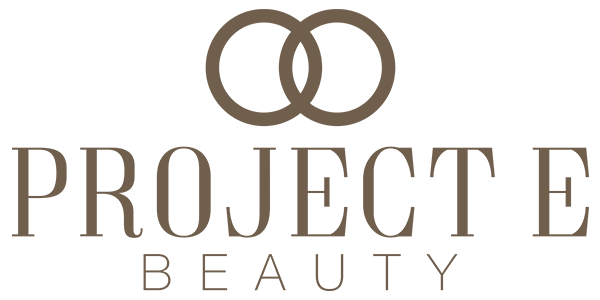



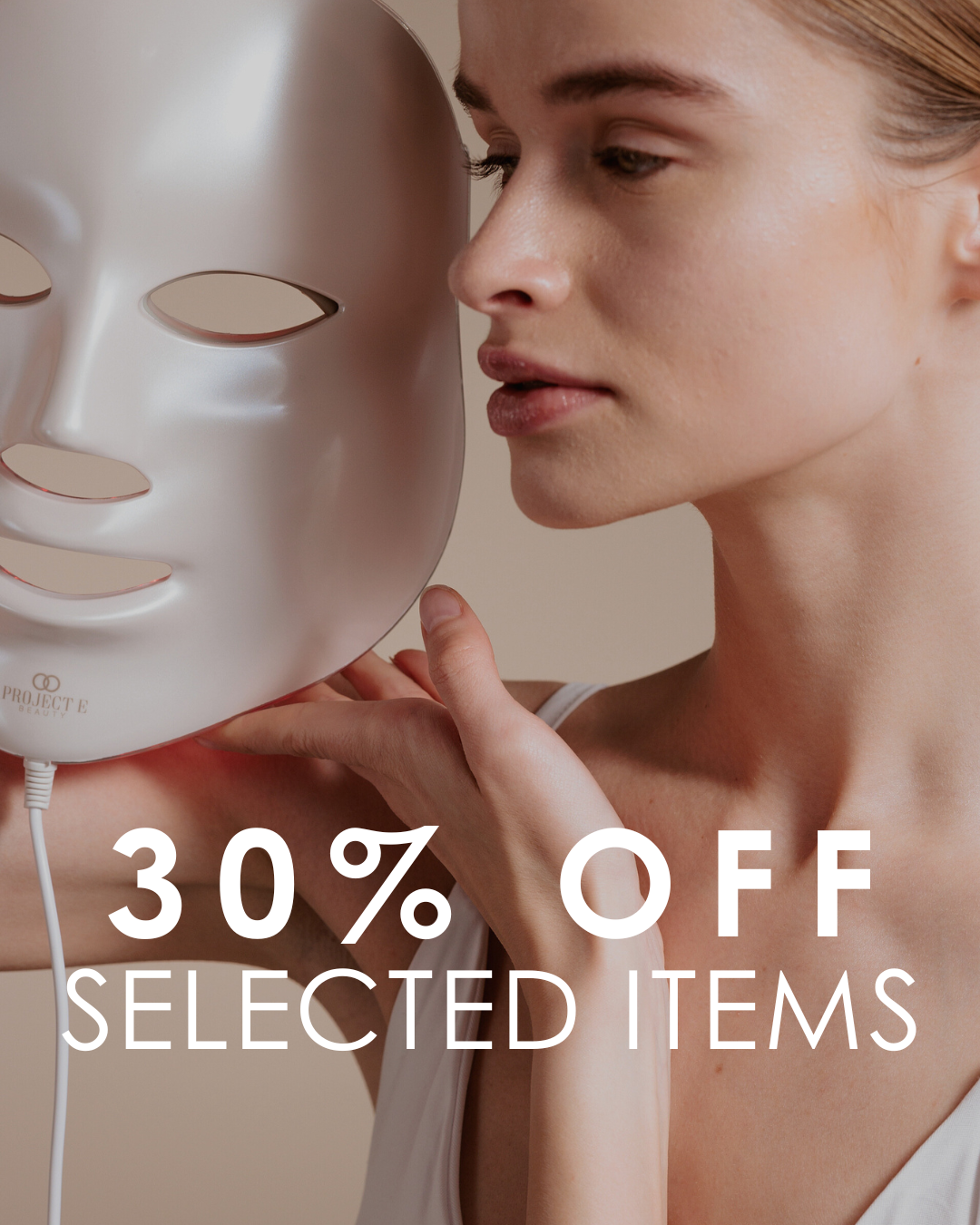

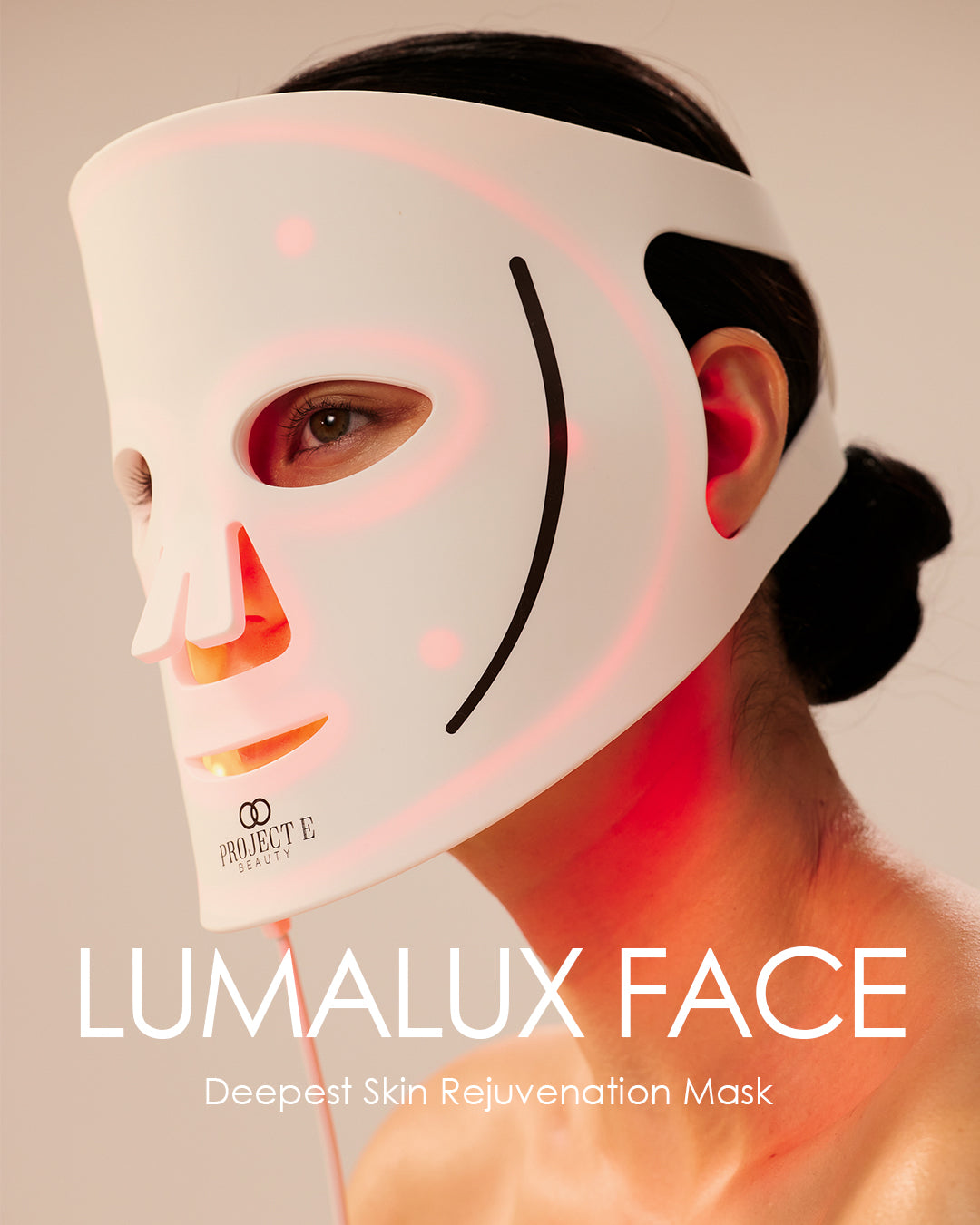
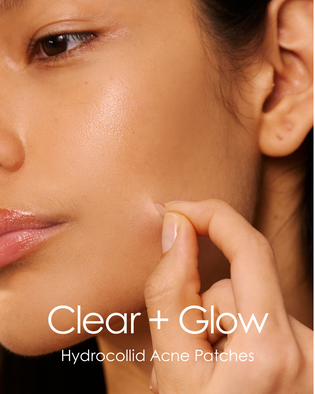
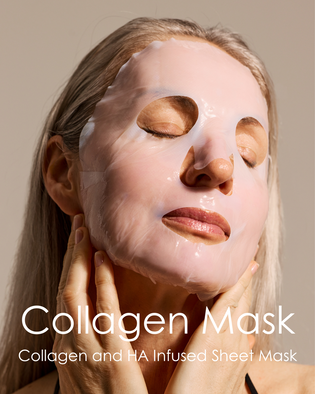



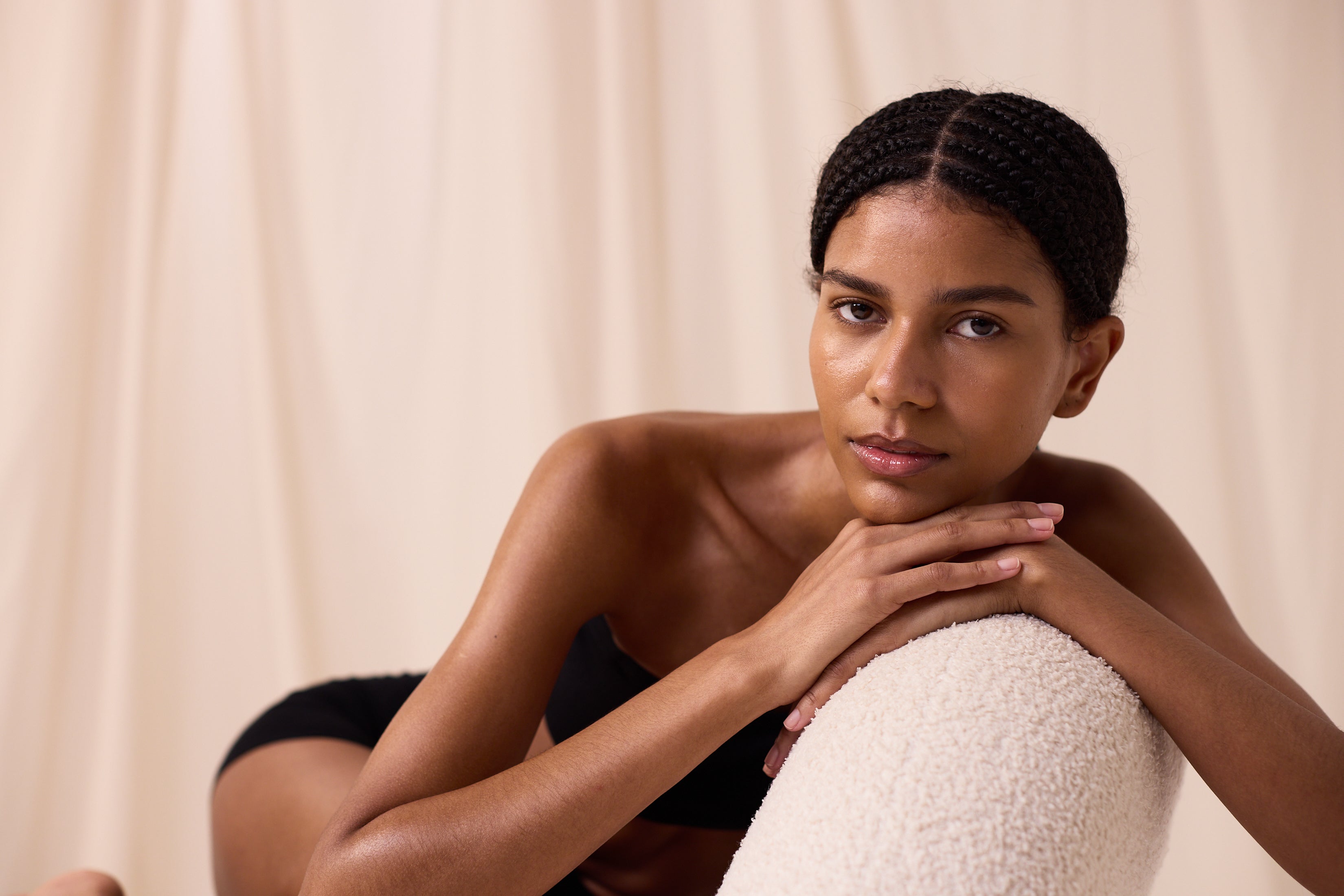
Leave a comment
This site is protected by hCaptcha and the hCaptcha Privacy Policy and Terms of Service apply.